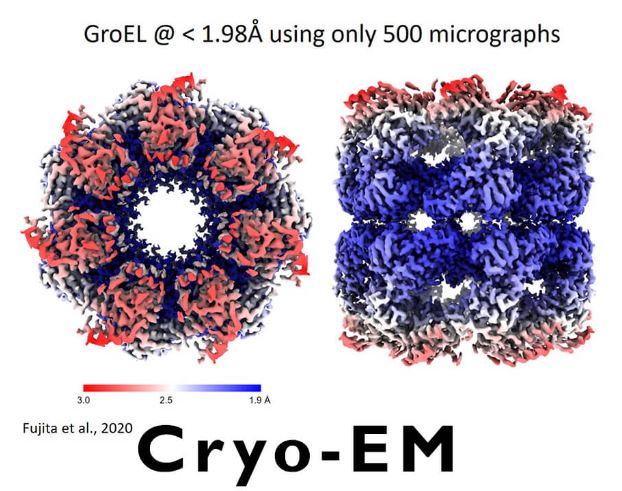In the rapidly evolving field of structural biology, the integration of artificial intelligence (AI) with cryo-electron microscopy (cryo-EM) is paving the way for groundbreaking discoveries. Recently, a significant advancement has been made with the development of Cryo-IEF and CryoWizard, two innovative tools designed to enhance the accessibility and efficiency of cryo-EM in research laboratories.
Cryo-IEF: The Foundation Model
Cryo-IEF is a foundation model trained on an impressive dataset of 65 million particles. This model leverages the power of AI to analyze and interpret the data, significantly reducing the time and effort required for structural analysis. By training on such a vast dataset, Cryo-IEF can provide highly accurate and detailed insights into the molecular structures being studied.
CryoWizard: Automated Structure Pipeline
Complementing Cryo-IEF is CryoWizard, an automated structure pipeline that streamlines the process of structural determination. CryoWizard automates many of the labor-intensive steps involved in cryo-EM, from data collection to model building. This automation not only accelerates the research process but also makes cryo-EM more accessible to laboratories with limited resources.
Making it Accessible
One of the primary goals of integrating AI with cryo-EM is to democratize access to this powerful technology. By reducing the complexity and cost associated with cryo-EM, more research labs can utilize these tools to advance their studies. This democratization is crucial for accelerating discoveries in fields such as drug development, materials science, and molecular biology.
Impact on Structural Biology
The combination of Cryo-IEF and CryoWizard represents a significant leap forward in structural biology. These tools enable researchers to obtain high-resolution structures of complex molecules more efficiently than ever before. This capability is particularly valuable in drug discovery, where understanding the precise structure of target molecules can lead to the development of more effective therapies.
Future Prospects
As AI continues to evolve, its applications in structural biology are expected to expand further. Future developments may include even more sophisticated models and pipelines, capable of handling increasingly complex datasets and providing deeper insights into molecular structures. The ongoing collaboration between AI and cryo-EM holds immense potential for transforming our understanding of biological processes and accelerating scientific breakthroughs.
Conclusion
The integration of AI with cryo-EM, exemplified by Cryo-IEF and CryoWizard, is revolutionizing the field of structural biology. By making cryo-EM more accessible and efficient, these tools are enabling researchers to achieve new levels of precision and speed in their studies. As we look to the future, the continued advancement of AI in this domain promises to unlock even greater discoveries and innovations.
Ready to Transform Your Hotel Experience? Schedule a free demo today
Explore Textify’s AI membership
Explore latest trends with NewsGenie
